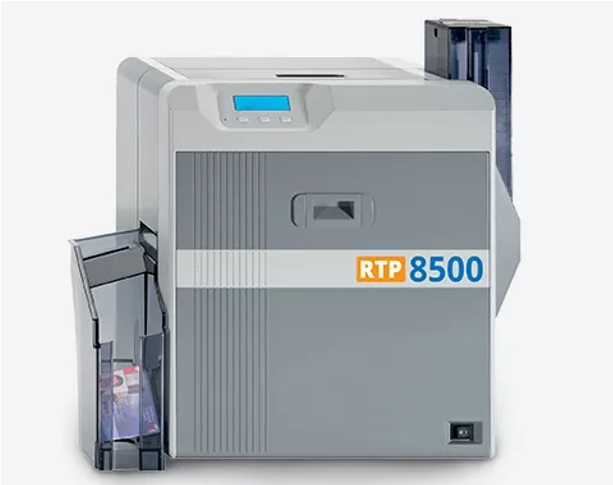Home Business Magazine Online
So many businesses, no matter the size or industry, need ID cards to function safely and effectively. Whether a healthcare facility, a small educational institute, or a company office; ID cards are more than just access control devices – they ensure security, recognition, effective operations, and much more.
When it comes to printing your own ID cards as a business, the real question is which printer is the most appropriate for the type of ID cards your organisation needs.
ID card printing machines use different technologies to print, catering to different card requirements. Depending on the type of security you’re looking for and the design elements that you’ll be adding to the card, some printers will be more appropriate for businesses than others.
This article examines the most popular kinds of ID card printer technology on the market, explaining what each one does and its benefits and possible uses for a business to leverage. This will help businesses make an informed decision on choosing the right ID card printer technology for your cards.
Direct-to-Card (DTC) Printing
When thinking about the right ID card printer technology, direct-to-card (DTC) is also an option. Direct-to-card or dye sublimation works by printing transfers of dyes directly onto the surface of the ID card from ribbons.
A print head applies heat to panels of colour (yellow, magenta, cyan) on the ribbon to vaporise the dye. The vaporised dye diffuses into the plastic card surface and solidifies, creating the printed image. A black resin panel prints dense black text/barcodes over the colour image. Afterwards, an overcoat panel applies a protective layer over the entire card.
The most significant advantages of DTC printing are that it produces sharp and clear images with fine details and allows single — and dual-sided printing. The only con is that such cards are sometimes prone to scratching. Nonetheless, businesses with low to medium-sized printing needs might prefer this method.
Reverse Transfer Printing
Reverse or retransfer printing first transfers the dye-based image from the YMCK ribbon onto a transparent film. This film contains the image, which is then thermally bonded to the ID card’s surface.
Printing the image onto the intermediate film first allows for accurate edge-to-edge coverage without borders. Businesses that need sturdy cards can choose this method, as it adds an overlaminate layer for extra durability.
Reverse transfer printing produces highly secure and tamper-resistant ID cards for businesses. They’re expensive but are durable, resistant to abrasion, and offer security features like embedded chips.

Inkjet Printing
Inkjet ID card printers use inkjet technology to print directly onto the card surface, similar to desktop inkjet printers.
The printhead sprays liquid ink onto the card surface to build up the printed image. Inkjet printing excels at producing vibrant, full-colour images, but ink costs can be higher than those of thermal transfer methods.
This printing technology is affordable and suitable for different card colours and finishes. However, note that these ID cards can smudge if not appropriately dried after printing.
Laser Engraving
Laser engraving is a special way of printing ID cards. It uses a laser beam to engrave and put information directly onto the card’s surface.
Conventionally, it wouldn’t be counted as printing, but this method is sometimes chosen when businesses are looking for very high-security and tamper-proof cards. Because the carved-out information doesn’t fade away, it’s hard to copy or change. It can resist counterfeiting and alteration. As a result, businesses increase security and become more efficient in their operations.
Sum Up: The Right ID Card Printer Technology
Selecting the right ID card printer requires you to understand the technology that these printers use. Be sure that you’re considering the desired level of security, durability, print quality, and card material requirements when making your decisions.
By understanding the different types of ID card printer technologies, businesses are in a better position to pick the right ID card printer technology. Eventually, it’ll result in improved security, better brand positioning, and higher value perception of the company in general.
The post Finding the Right ID Card Printer Technology for Your Organisation appeared first on Home Business Magazine.
